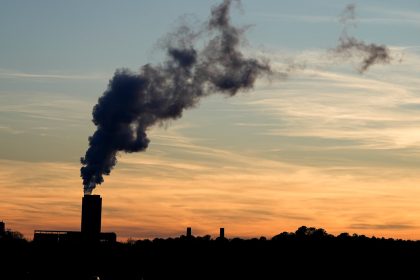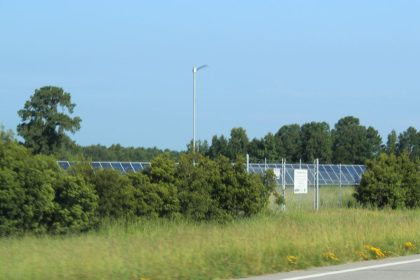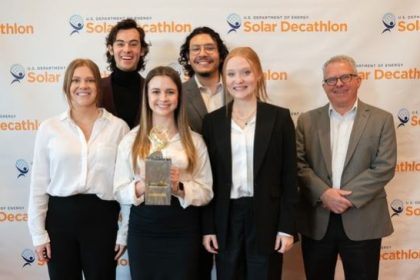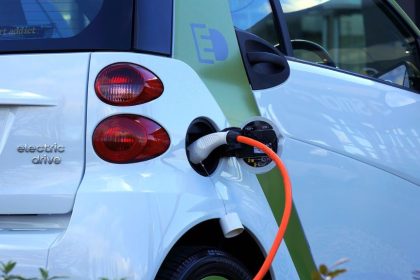Governments Urged to Regulate Supply Chains as Demand for Critical Minerals Grows
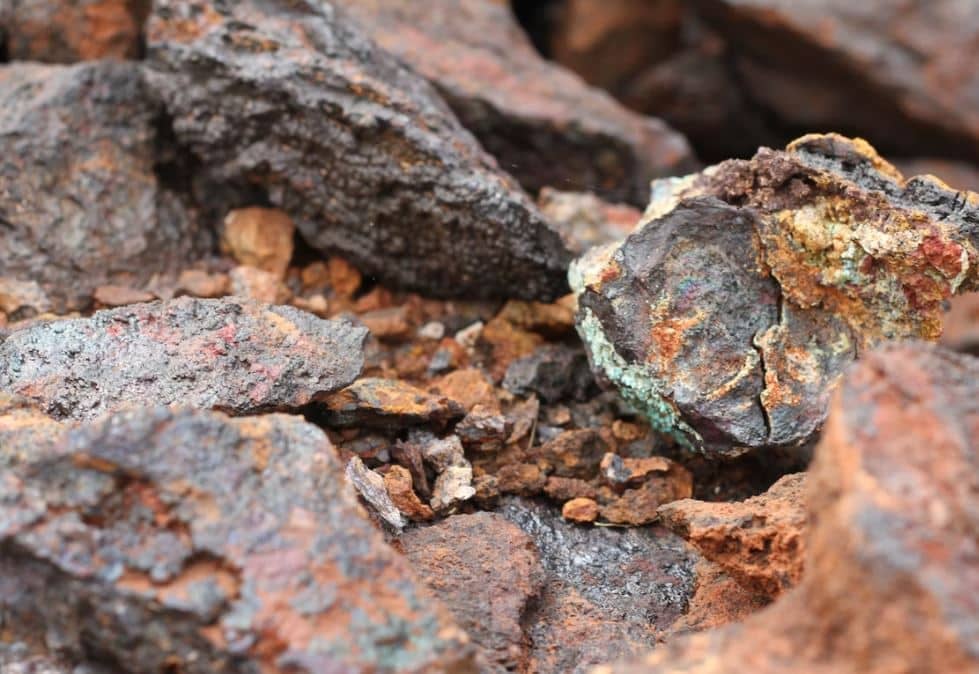
PARIS — As the world continues to transition toward net-zero emissions, the rising demand for renewable energy is expected to continue to increase demand for critical minerals.
To ensure they continue to have a safe, secure and sustainable supply, a new report from the International Energy Agency says governments the world over need to implement effective policies and regulations that will incentivize companies up and down the renewable energy supply chain.
The agency’s latest Critical Minerals Policy Tracker builds upon its landmark report The Role of Critical Minerals in Clean Energy Transitions as well as World Energy Investment 2022 and World Energy Outlook 2022.
It intended as a tool to help governments to explore new critical mineral policies in the three key policy areas of:
- Ensuring supply reliability and resiliency.
- Promoting exploration, production and innovation.
- Encouraging sustainable and responsible practices.
The IEA’s new Critical Minerals Policy Tracker presents nearly 200 policies and regulations from 25 countries and regions worldwide. These policies address many different goals, including ensuring supply reliability and resilience, promoting exploration, production and innovation and encouraging sustainable and responsible practices.
What’s clear from the findings is that policy makers the world over are paying greater attention to critical minerals like lithium, nickel, cobalt, graphite, copper, aluminum and rare earth elements.
There have been over 100 new policies enacted just in the past few years, and while countries approach the issue with different goals, there is growing recognition that policy intervention is needed to ensure that an adequate supply of critical minerals is available to meet the needs of the energy transition.
The Policy Tracker reveals that countries are using different approaches to achieve these goals. Some of these differences can be explained by the position of countries within the supply chain.
For example, many countries with large undeveloped mineral resources are focusing on developing their domestic production.
However, there are variations in approach between countries that cannot be explained by their role in the supply chain alone. This underscores the fact that policy approaches must be tailored to national circumstances.
Despite these variations, one common thread emerges from the report: the adoption and implementation of sustainable and responsible practices in critical minerals supply chains.
This includes developing systems that bring further transparency and accountability to the industry.
In addition, high environmental and social performance are increasingly needed to attract investment and to obtain and maintain a social license to operate.
In the past year, the prices of many minerals and metals have soared as a result of rising demand, supply chain disruptions and concerns about tightening supplies, the report says.
In addition to these risks, production and processing operations for many minerals are highly concentrated in a small number of countries.
Although investment in supply source diversification is rising, most near-term output growth for many minerals is still expected to come from today’s major producers, implying an even higher degree of concentration in the years ahead.
This high level of concentration means the system is particularly vulnerable to disruptions — caused by geopolitical events, global pandemics, earthquakes or other weather events, or shutdowns associated with adverse environmental, social or governance incidents.
Any disruption that interrupts operations at a large facility or group of facilities can have a major impact on supply availability, and therefore on prices.
While this is worrisome, the IEA says nations can choose from a variety of policy options to reduce or minimize supply disruption risks and prepare the market to respond when necessary.
Underlying many of these policies are national strategic plans and official lists designating minerals as “critical” or “strategic.”
Governments may also establish direct response mechanisms, such as stockpiling systems, and international co‑ordination frameworks that provide a forum for countries to work together to both prevent and respond to disruptions, the IEA says.
Finally, some governments may use public funding to enlarge domestic supply sources through state-owned enterprises, direct equity investment or government procurement programs designed to provide a guaranteed buyer for materials meeting certain criteria.
The report goes on to note that critical mineral supply projects have long development lead times.
In fact, its analysis of major mines that became operational between 2010 and 2019 shows that it takes more than 16 years on average to develop projects from discovery to first production, although exact duration varies by mineral, location and the type of mine.
Governments can reduce the potential for supply shortages by facilitating and supporting investment in new critical mineral exploitation, the IEA says.
Targeted policy actions could include providing financing to develop new supply sources; offering tax incentives; enhancing geological surveys to provide information on potential resources; spurring innovation by incentivizing research and development; and encouraging recycling by financing new recycling facilities or instituting regulatory measures to improve collection and recycling rates.
The report also notes that many policy makers are using pandemic recovery funding to catalyze investment in critical minerals.
“Many governments have mobilized considerable fiscal resources in response to the COVID-19 pandemic to stabilize and rebuild their economies, with some support packages including financing mechanisms to ensure funding for new critical mineral developments — particularly in the areas of recycling and technological innovation,” the report says. “Grants, subsidies, preferential loans, loan guarantees and other financial incentives have been offered.
“These financing mechanisms could also spur development in emerging areas of the value chain, such as waste re-mining and mine reclamation,” the agency continues.
“For instance, the U.S. Infrastructure Investment and Jobs Act modified the Department of Energy’s loan guarantee program to include projects that will enlarge supplies of domestically produced critical minerals, including end-use efficiency technologies and recycling technologies.
“The law also authorized funding for a grant program aimed at battery materials, which includes extraction, processing, and recycling projects that increase supplies of lithium, nickel and graphite, and a demonstration facility to extract rare earth elements from unconventional resources such as coal waste, coal ash and acid mine drainage,” the report says.
It goes on to note that the Inflation Reduction Act has established a production tax credit for producers of critical minerals, and it also incorporates incentives for domestic mineral production into the electric vehicle tax credit.
Dan can be reached at [email protected] and at https://twitter.com/DanMcCue

















